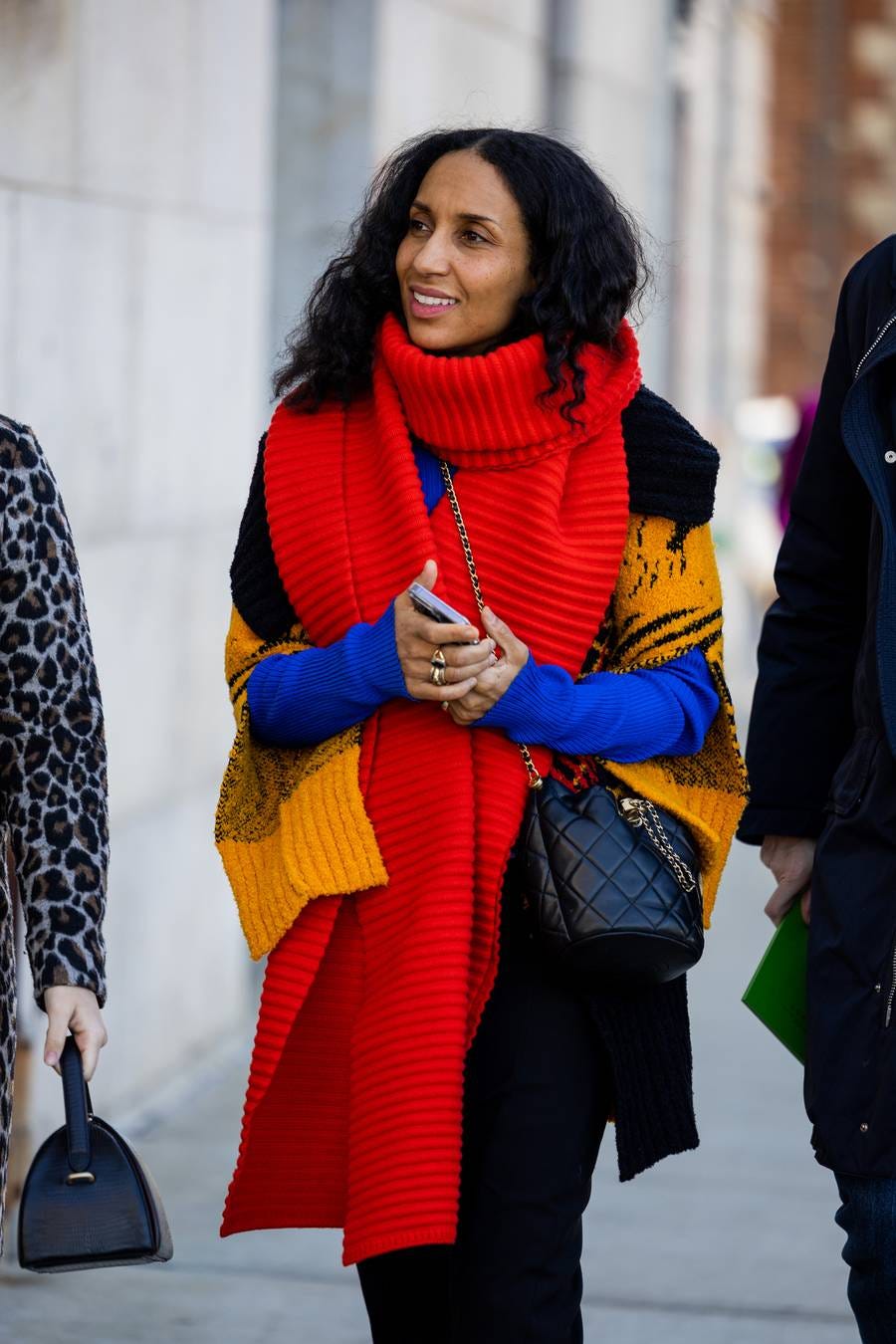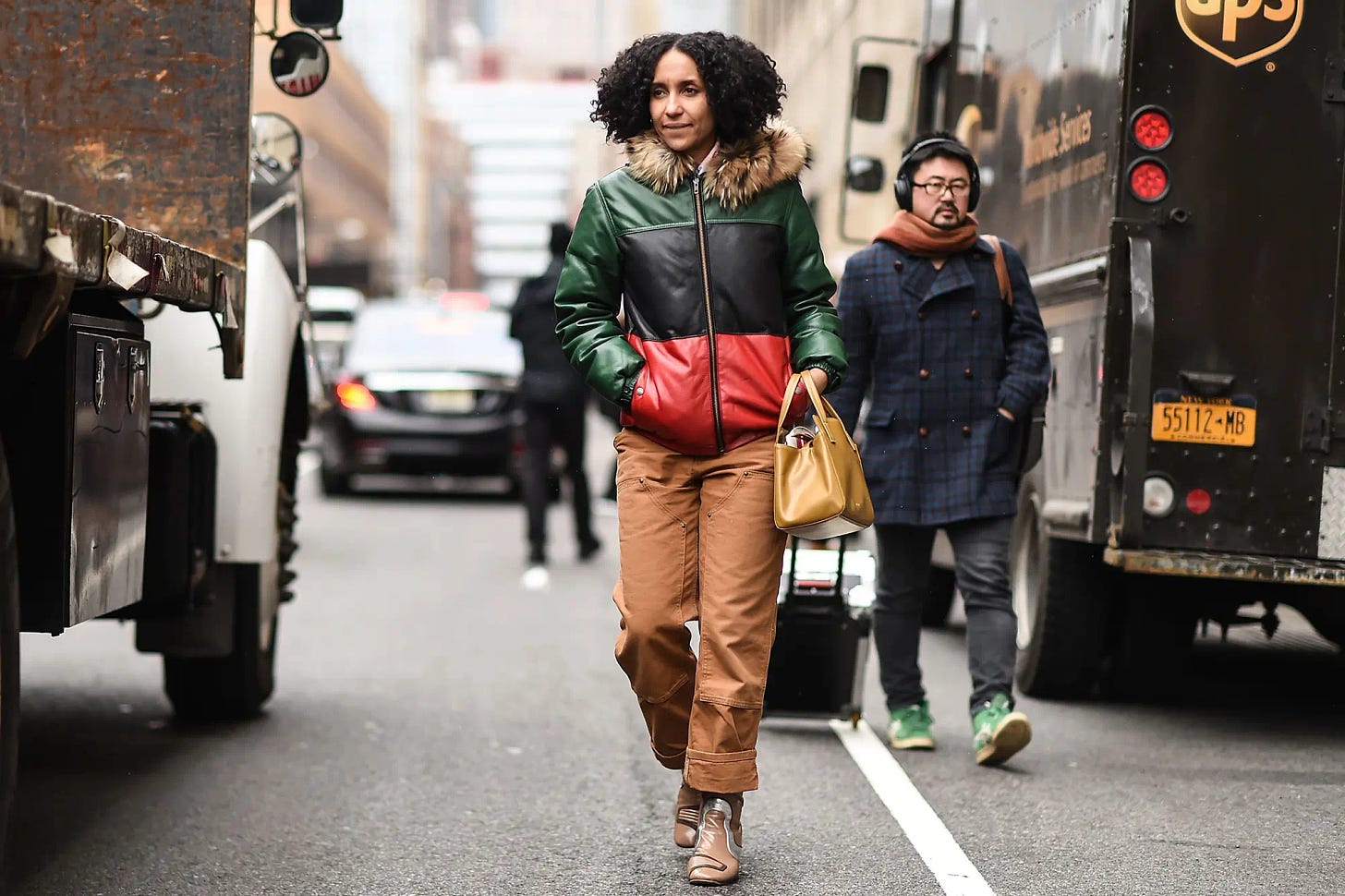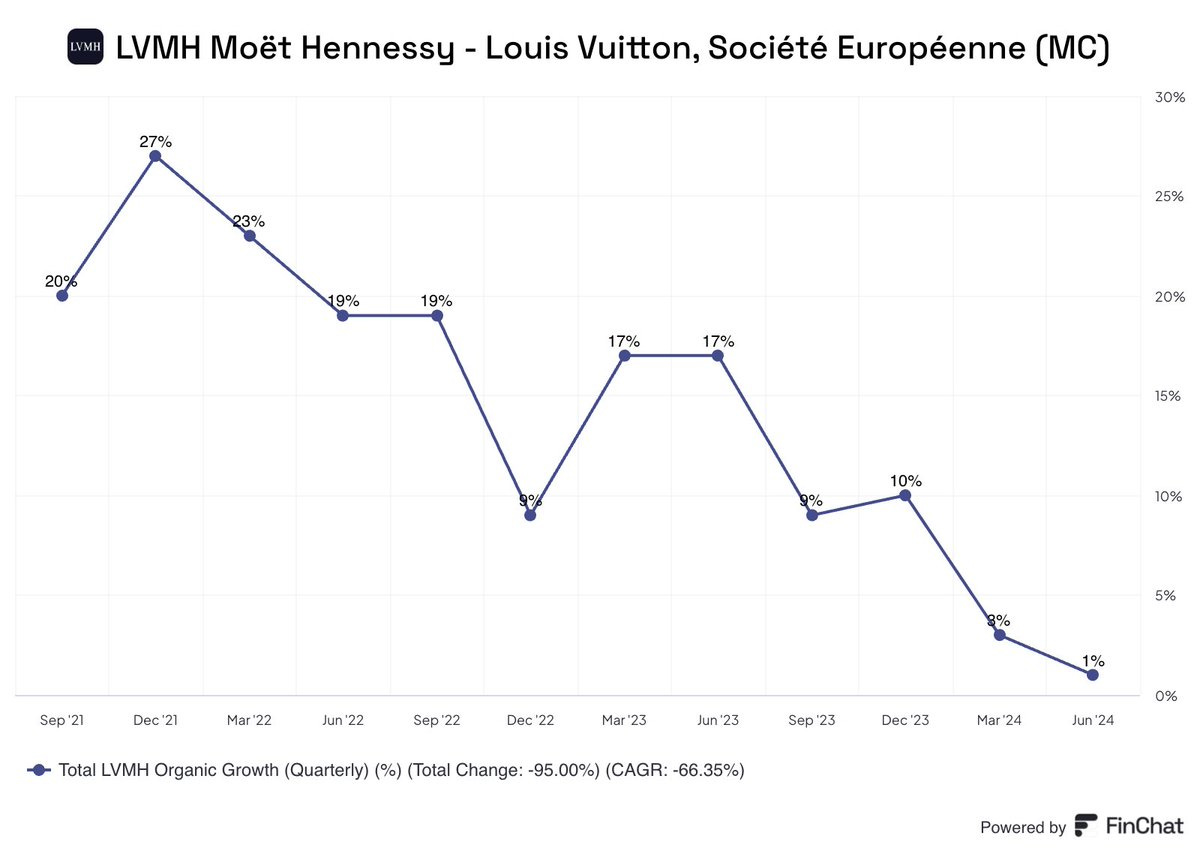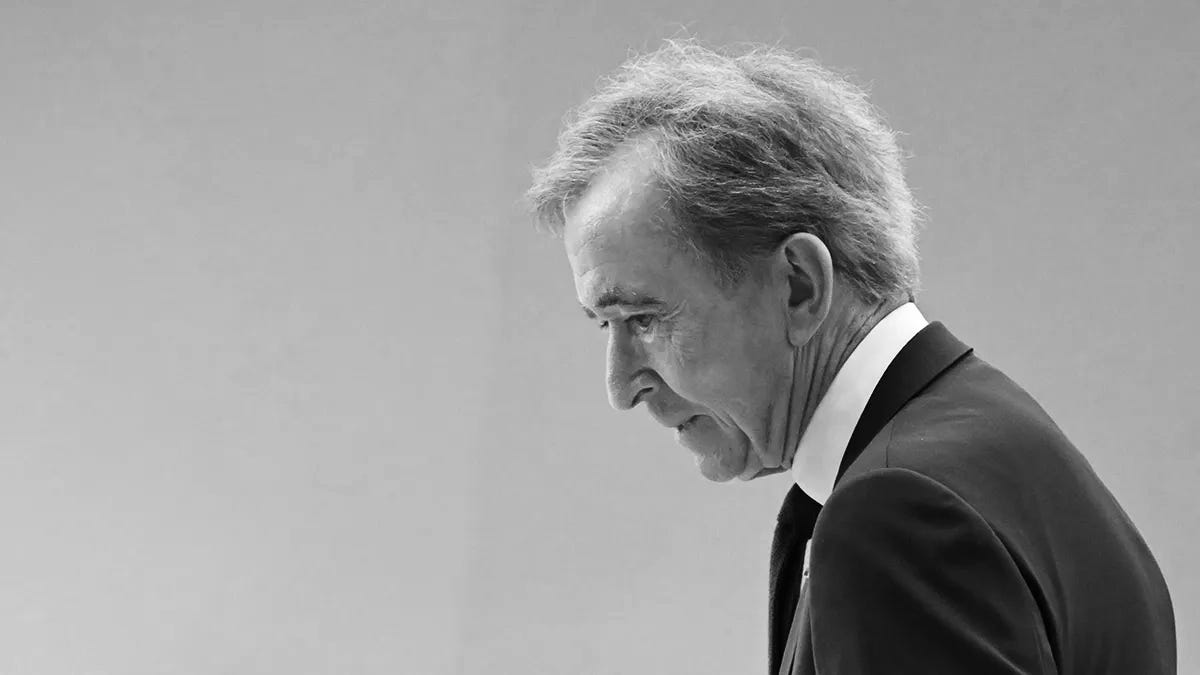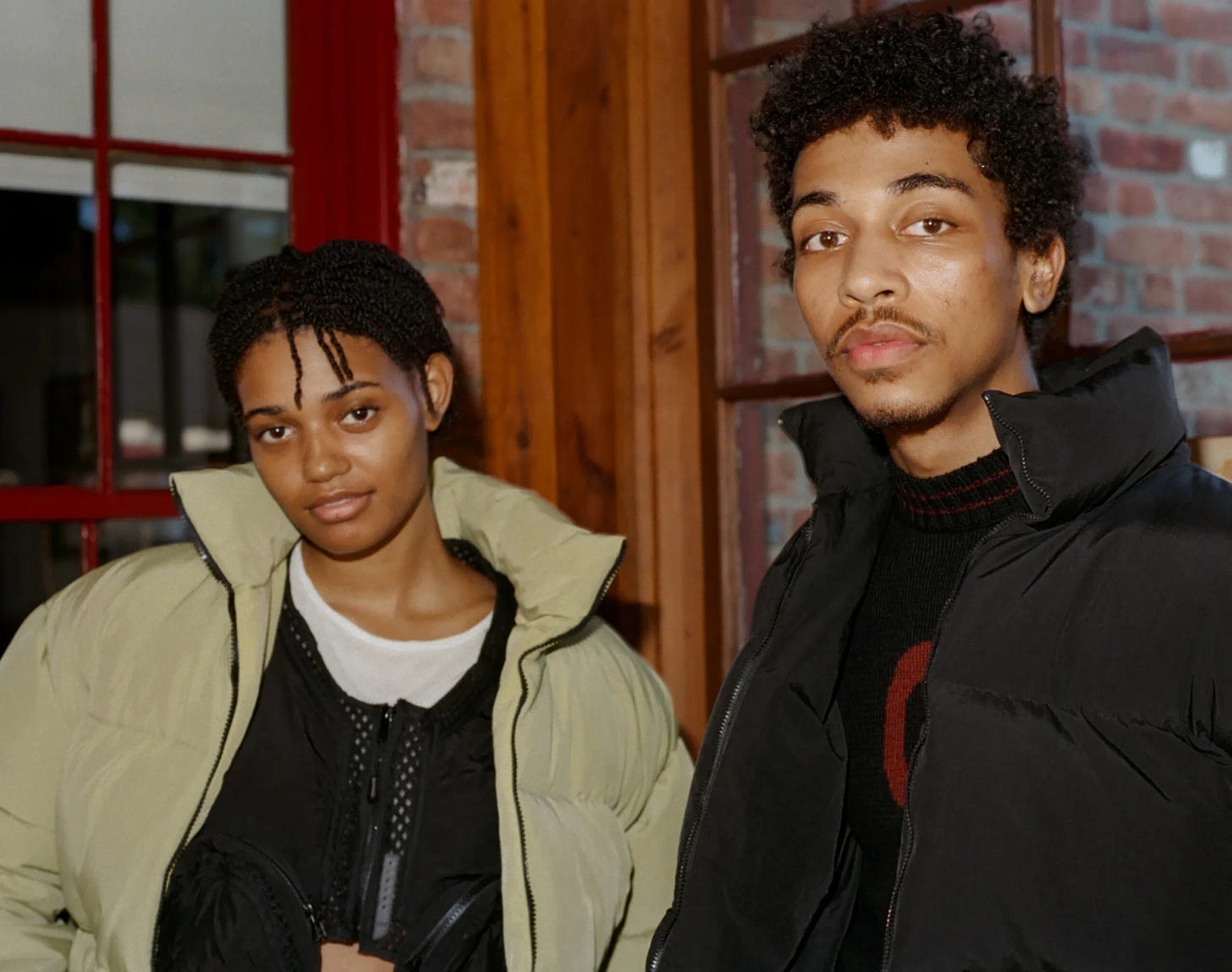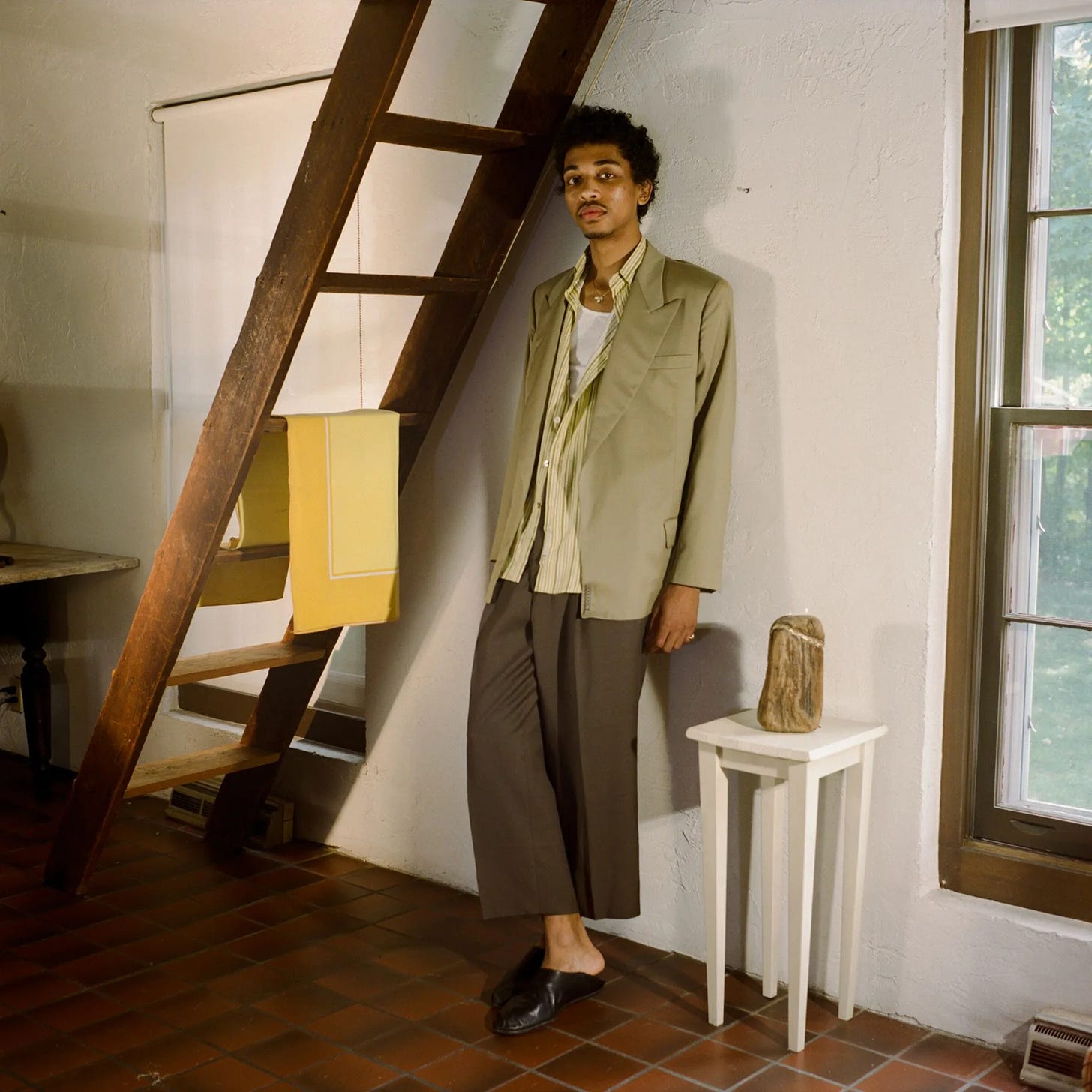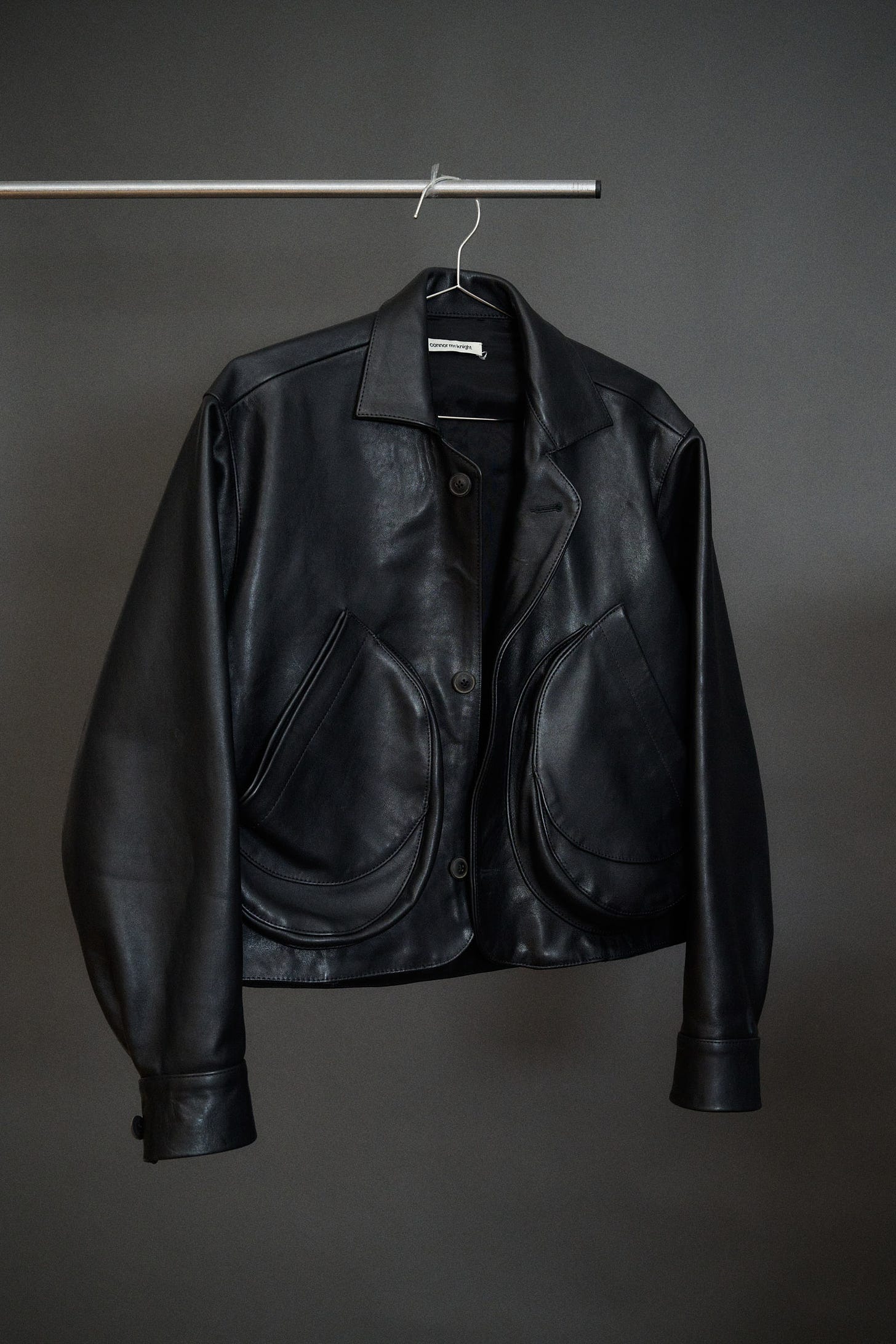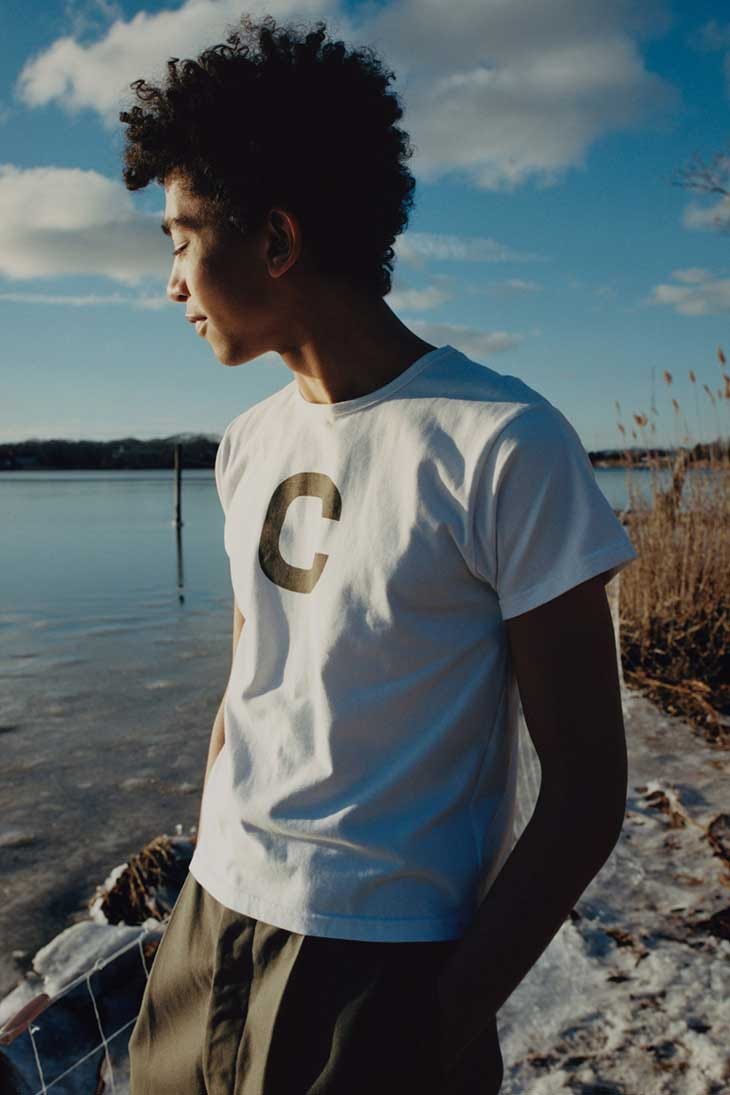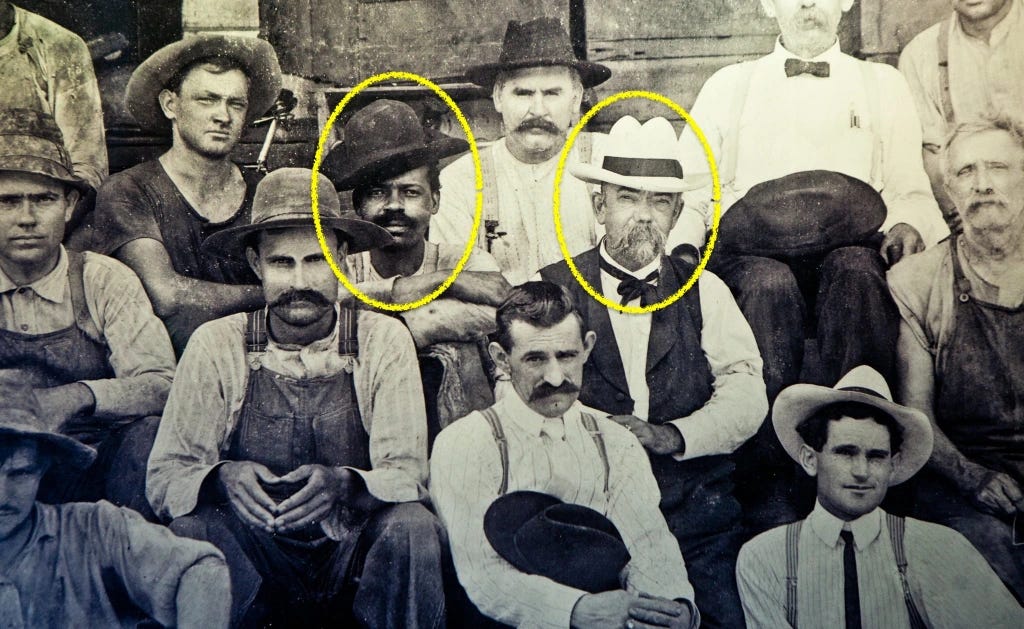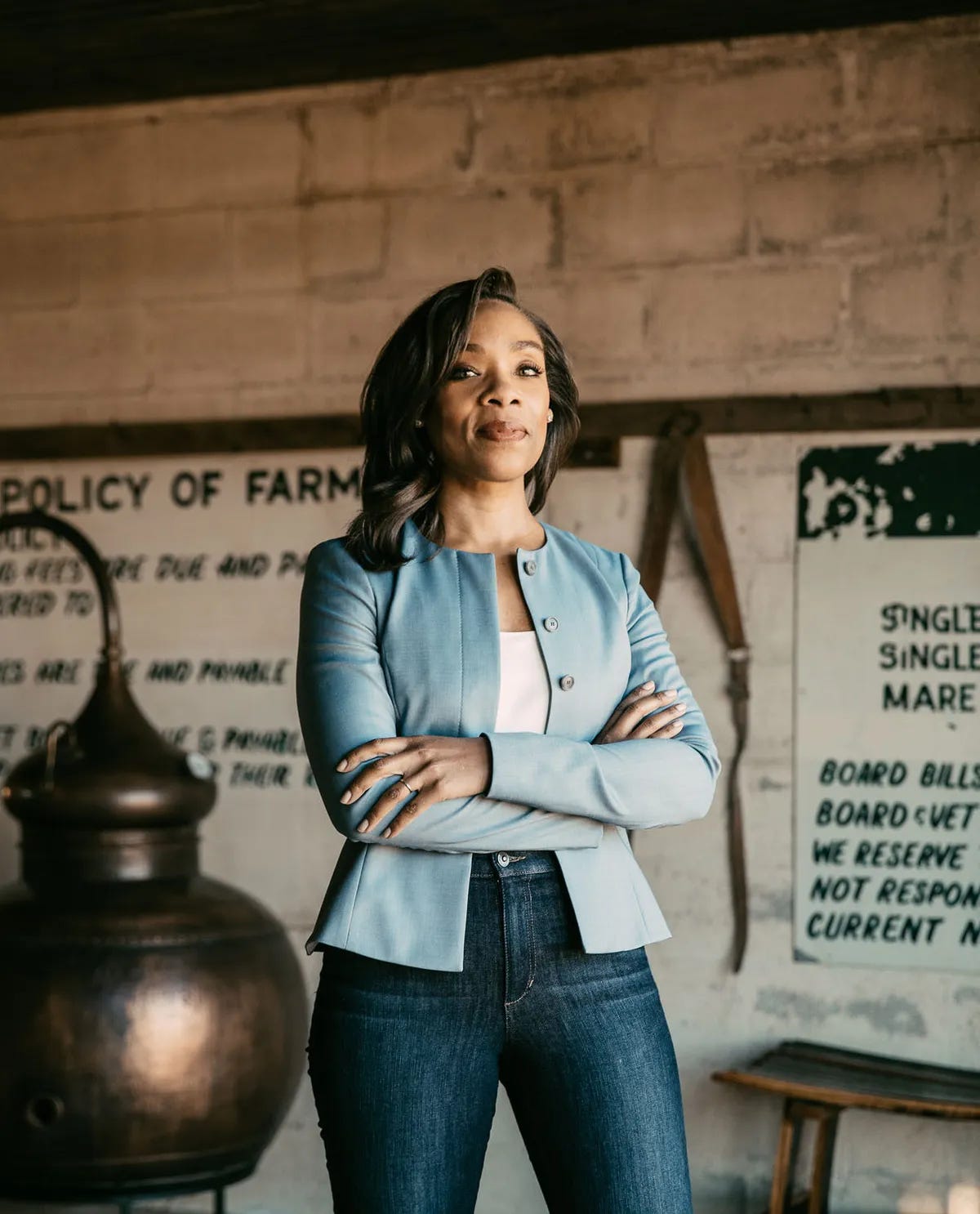Gromit's frantic railway construction looked tough 🚂, but it's nothing compared to Vogue's desperate scramble for Gen Z approval 😅.
VOGUE'S NEW VIBE 🌟👗
👗✨ Chioma Nnadi, the new 44-year-old head of editorial content at Vogue 📰, brings a fresh perspective to the magazine after working at ES magazine and American Vogue's website 💻. In her inaugural editor's letter 📝, she shared her passion for eclectic fashion 🎨 and people-watching 👀, reminiscing about admiring Central Saint Martins students' unique styles in London during her youth 🇬🇧🏙️. Nnadi's approach to fashion, which involves mixing vintage and modern pieces 🕰️➕🔮, is reflected in her own style and layering techniques 👚👕👖.
As Vogue turns a new page 📖, Nnadi's vision promises to blend tradition with innovation 🌈, making fashion more inclusive and exciting for all. Stay tuned for a style revolution! 🚀👠 #VogueNewEra
BIG IMPORTANT STORY 📢
What Black Consumers Can Learn From The Federal Reserve 👚💰📊
The Federal Reserve's recent pause in interest rate hikes 🏦🛑 offers valuable insights for Black consumers supporting Black fashion designers 👗👔. After raising rates over five hundred basis points over 16 months 📈, the Fed is now in a period of careful observation 🔍, similar to its approach in 2006.
Just as the Fed takes a strategic pause to assess economic conditions 💼, Black consumers can take deliberate steps to support Black designers 🎨👥. By being mindful of their purchasing power 💪💳, consumers can help foster a thriving community of Black creatives. This means prioritising spending on Black-owned fashion brands 🛍️, promoting their work 📣, and staying informed about industry trends 📱.
The Fed's high threshold for further action highlights the importance of strategic decision-making 🧠. Black consumers can apply this principle by thoughtfully investing in quality pieces from Black designers 👕👢, ensuring their support is both impactful and sustainable ♻️. This approach not only strengthens the economic resilience of Black designers 💪💵 but also contributes to a more inclusive fashion industry 🌈.
In essence, the Federal Reserve's actions teach us the value of strategic pauses and informed decision-making 🤔. Black consumers can use these lessons to effectively support Black fashion designers 👨🏾🎨👩🏾🎨, fostering growth and innovation within the community 🌱🚀.
📊 LVMH's LUXURY SLOWDOWN 💼💎
LVMH's second consecutive quarter of revenue decline 📉 mirrors economic caution seen in sectors like banking. This luxury market cooldown 🐢 offers insights for savvy consumers and emerging brands.
With a 1% revenue dip and 14% sales drop in Asia 🌏, LVMH's struggle highlights shifting global consumer priorities. This echoes the Fed's strategic pauses, emphasising adaptability in changing markets 🏦.
For Black luxury shoppers, it's time to reassess spending 🛍️, prioritising purposeful purchases 🌱. This market shift presents a golden opportunity for independent Black luxury brands 🚀👑. Their agility and fresh perspectives could fill gaps left by larger conglomerates, potentially reshaping the luxury landscape 🎨✨.
⏳ WAITING…
We all know the drill. We wait for the latest Netflix drop 📺, for our Uber Eats to show up 🍔, and for our loved ones to get home 🏡. It’s part of daily life, sometimes making us anxious, other times bringing comfort. For fashion designer Connor McKnight, this universal experience inspired his latest collection.
McKnight loves diving into everyday themes in his work. This season, he got emotional, recalling his grandfather’s wisdom about finding fulfilment later in life, resonating with his own feelings of waiting for change ⏳.
To nail this vibe, McKnight focused on informal wear – the kind of clothes you slip into when you finally arrive. Think finely tailored suits with a modern twist and breezy summer separates in hammered silk 👔👗. His signature details, like gusseted pockets and pleated vents, add depth to wardrobe staples, showcasing his flair for practical yet stylish design 🎨.
The grand opening of McKnight’s new showroom in downtown NYC 🗽 was a game-changer. While he's been rocking Brooklyn for a while, this event marked his formal debut in the city. McKnight admits it took him time to figure things out, but this season’s collection feels like a turning point. He calls it his strongest yet, a testament to his growth and maturity as a designer 🌟. Though he’s hesitant to say he’s "arrived," McKnight feels things are finally falling into place. 🌟👗
The Untold Chapter: Nearest Green's Whiskey Legacy 🥃 🕰️
In the carefully curated story of American whiskey 🇺🇸, one name has been conspicuously absent from the spotlight: Nathan "Nearest" Green 👨🏾🦱. This isn't just another feel-good diversity tale; it's about acknowledging a master craftsman whose expertise shaped an entire industry 🏭.
Born into slavery around 1820 ⛓️, Green didn't just participate in whiskey-making - he revolutionized it 💡. His mastery of the Lincoln County Process wasn't a footnote; it was the cornerstone of what we now call Tennessee whiskey 🥃. Yet for over a century, his contributions remained an open secret, known locally but conveniently overlooked in the broader narrative 🤫.
The twist? Young Jasper "Jack" Daniel 👦🏻, the face of one of the world's most recognized whiskey brands, learned his craft from Green. This wasn't just mentorship; it was the transfer of generational knowledge that would define an industry 🧠➡️🧠.
It took until 2016 for Jack Daniel's to officially recognize Green's role 📅. This wasn't a simple oversight - it was a century-long omission that speaks volumes about how history is written, and by whom 📚✍️.
Today, we're seeing attempts to honor Green's legacy, from the Nearest Green Distillery to scholarships for his descendants 🎓. But let's be clear: this isn't about feel-good diversity initiatives. It's about rectifying a historical injustice and acknowledging excellence, regardless of its source 🏆.
Fawn Weaver, CEO and Founder of Uncle Nearest Premium Whiskey
The story of Nearest Green isn't just about whiskey. It's a sobering reminder of how African-American contributions to American culture and industry have been systematically erased or minimized ❌🧹. It challenges us to question not just what we know about history, but how we've come to know it 🤔.
As the whiskey industry grapples with its past 🔍, we're left with a burning question: How many other Nearest Greens are out there, their stories still untold, their contributions still unacknowledged? And more importantly, are we ready to listen when those stories finally come to light? 👂🗣️







